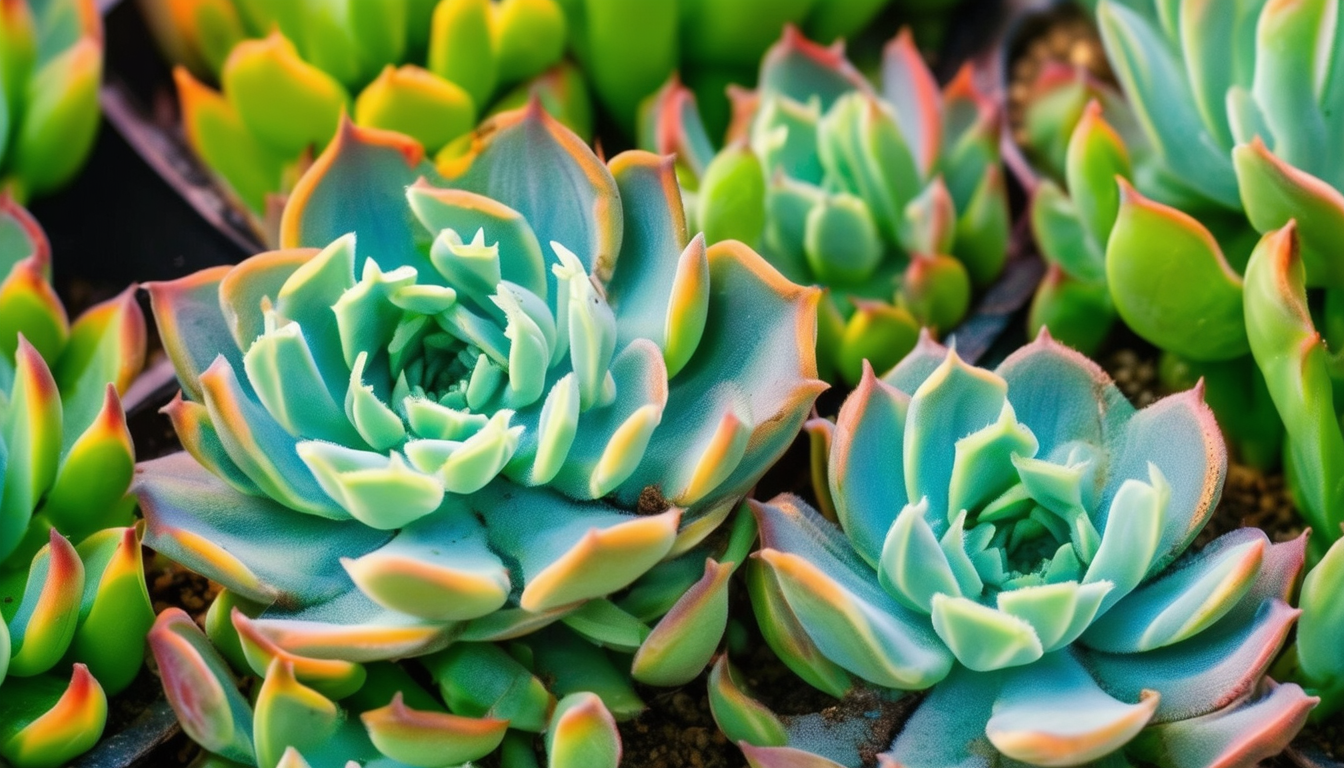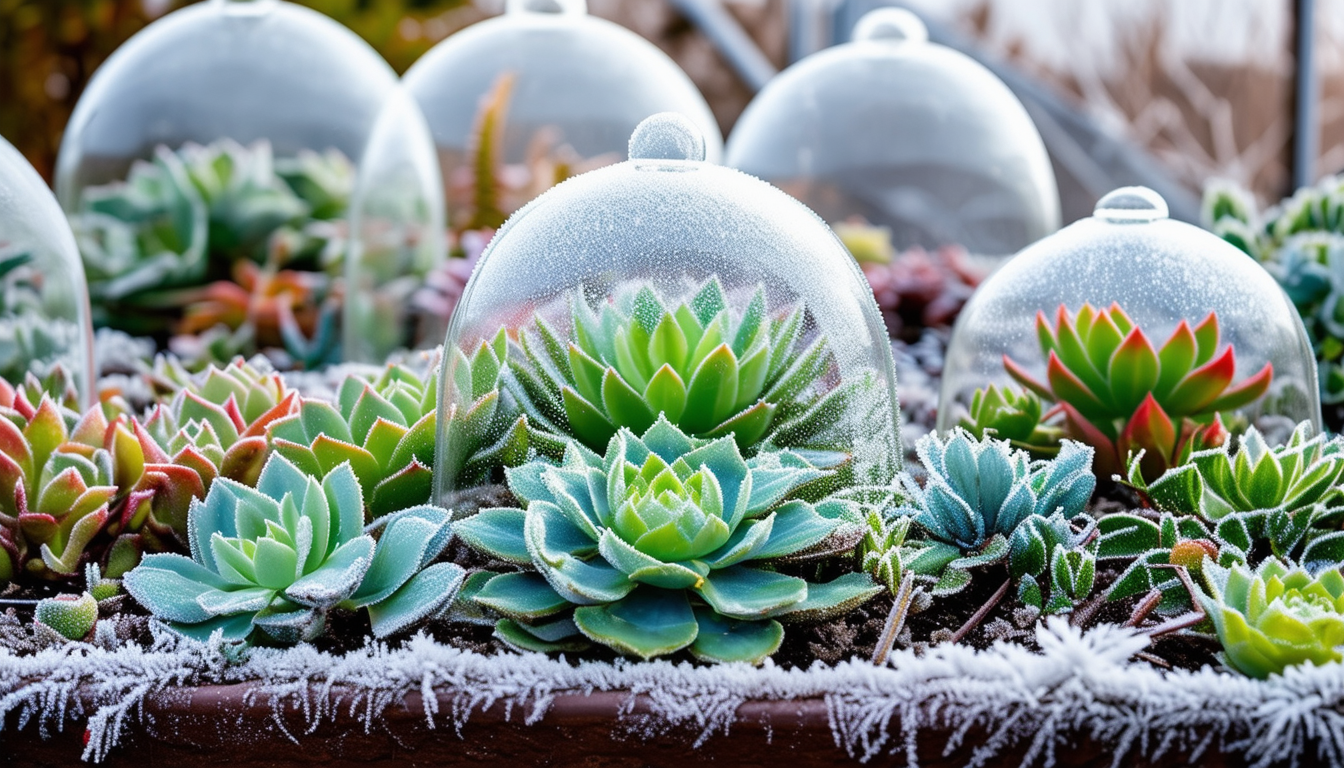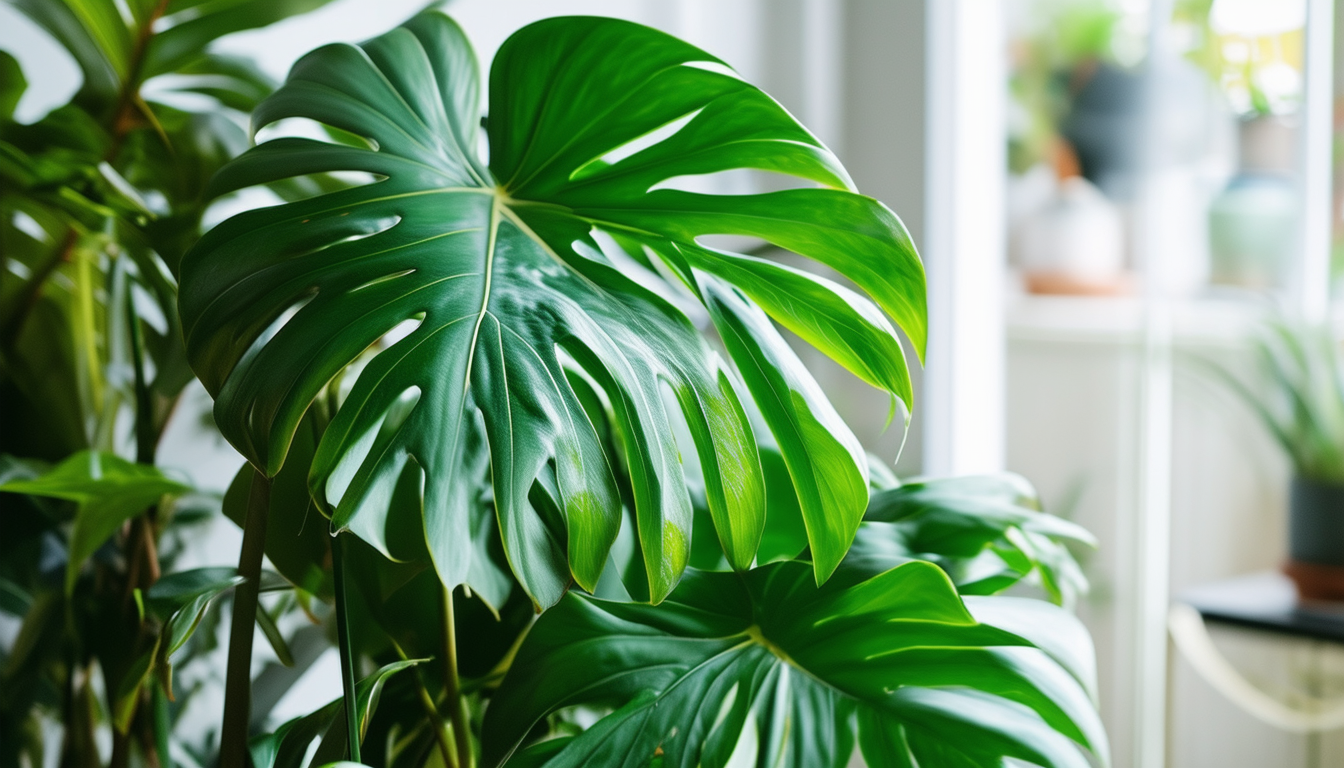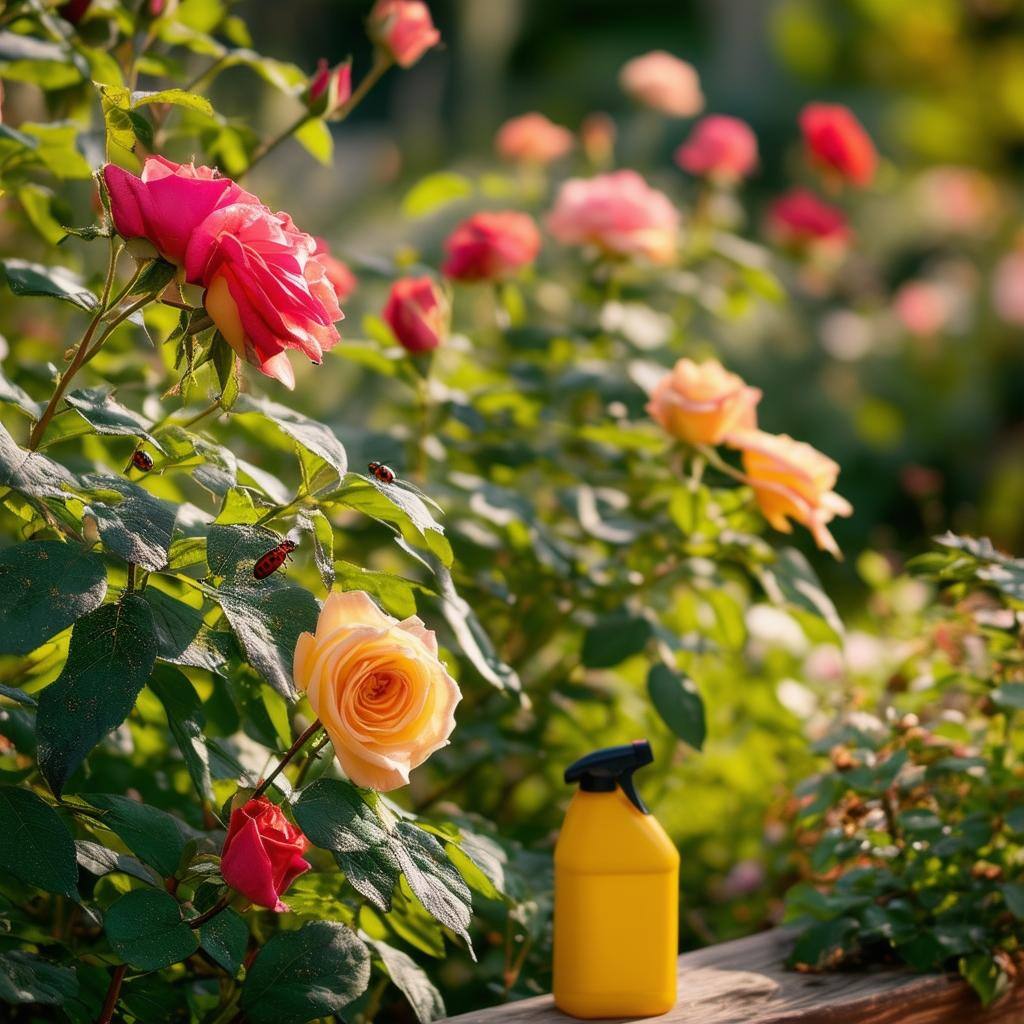
Discover the perfect conditions to cultivate Fenesatria Baby Toes, an exotic succulent that adds a unique flair to any garden or indoor space.
Understanding the Origin of Fenestria Baby Toes
Fenestria Baby Toes, scientifically known as Fenestria rhopalophylla, is a unique succulent native to the arid regions of South Africa and Namibia. These plants are adapted to survive in harsh, dry conditions, making them resilient and low-maintenance.
Their distinctive appearance, with small, club-shaped leaves resembling tiny toes, makes them a popular choice among succulent enthusiasts and gardeners alike. Understanding their origin helps in replicating the conditions they thrive in when growing them at home.
Optimal Soil and Watering Requirements
Fenestria Baby Toes prefer well-draining soil, typical of most succulents. A cactus or succulent mix available at most garden centers works well. You can also create your own mix by combining regular potting soil with sand or perlite to ensure good drainage.
Watering should be infrequent but thorough. Allow the soil to dry out completely between waterings to prevent root rot. During the growing season (spring and summer), water moderately, and reduce watering significantly in the dormant period (fall and winter).
Best Locations for Planting Fenestria Baby Toes
Fenestria Baby Toes thrive in bright, indirect light. An east or west-facing window where they can receive morning or late afternoon sun is ideal. Direct, harsh sunlight can scorch the leaves, while too little light can cause them to elongate and lose their compact shape.
If you’re growing them outdoors, choose a spot that gets filtered sunlight or partial shade. They can also be grown indoors under grow lights if natural light is insufficient.
Flowering Season and Care Tips
Fenestria Baby Toes typically bloom in the fall and early winter, producing small, daisy-like flowers in shades of white, yellow, or pink. To encourage flowering, ensure they receive adequate light and proper watering during their growing season.
Fertilize sparingly, using a balanced, diluted succulent fertilizer once during the growing season. Avoid fertilizing during the dormant period to prevent overfeeding.
Tips for Amateur Gardeners Growing Fenestria Baby Toes
Fenestria Baby Toes are relatively easy to grow, making them suitable for amateur gardeners. Start with a healthy plant from a reputable nursery and provide the right growing conditions.
Monitor the plant for signs of overwatering, such as mushy leaves, and adjust your watering schedule accordingly. With the right care, these fascinating succulents can thrive and add a unique touch to your plant collection.



